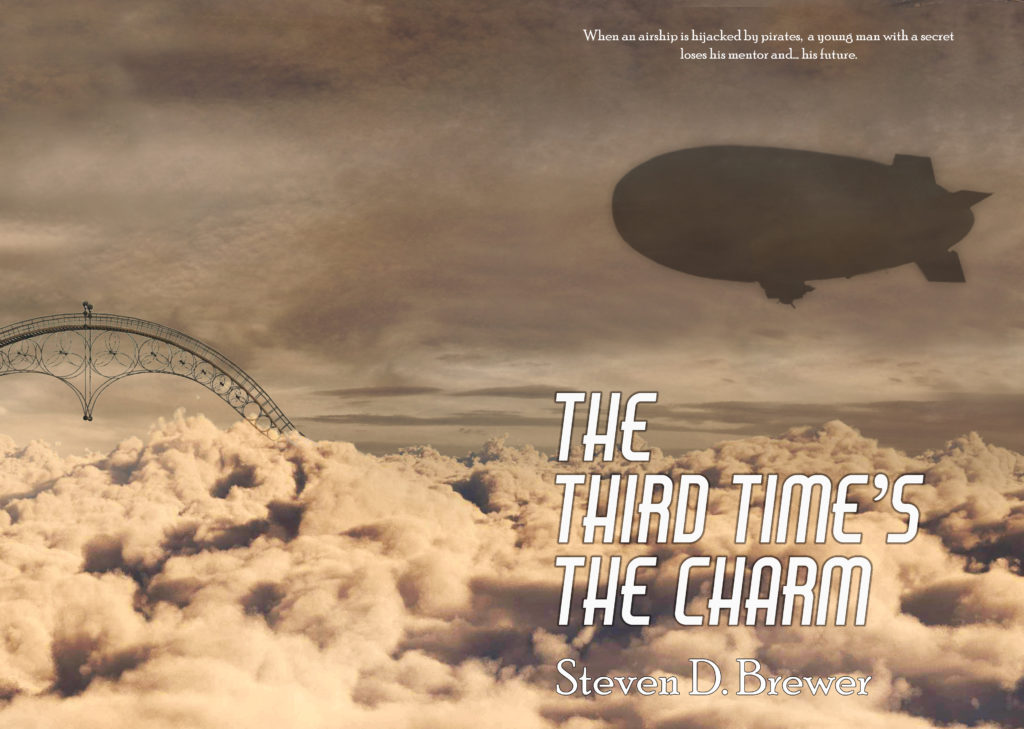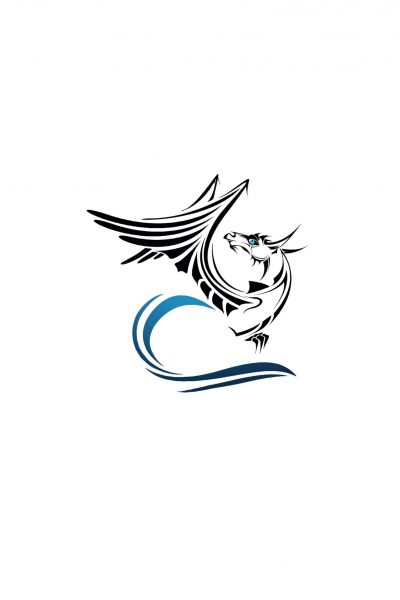
I (virtually) attended Worldcon this year. Having recently published my first story, The Third Time’s the Charm, it was interesting to attend the biggest scifi/fantasy convention and see what writers, editors, and fans are talking about. It was a lot of fun, plus I got to hang out with my virtual writing community that were all also attending virtually.
The virtual conference experience was only mediocre. They used Discord, but it was not used nearly as well as at Readercon. In particular, they had a chat tool that appeared in the browser window next to the videos of presentations, but it was clunky, didn’t scroll back very far (100 entries) and was lost once the window closed. It would have been a lot better if they used Discord for all of the chats, to provide more scrollback and to keep all of the conversations in the same place. And don’t get me started on the Virtual Dealer Room: it was just a webpage with unrequested motion all over it (which makes it unusable for people with vestibular disorders, like myself.) But to participate at all during a global pandemic is kind of a miracle, so I don’t want to make it seem like I’m actually complaining.
The first panel I attended, How Magazines are Changing, had a diverse, international group of magazine editors. I was curious to understand the economic pressures magazines are under, how they’re responding, and how that is creating change in their business and practices. In particular, I’m particularly interested in understanding how if magazines are using some external source of funding (e.g. kickstarter), does it really make sense to talk about magazines as being “markets” for fiction? Instead the discussion was almost entirely focused on the cultural changes associated with decentering publishing from whiteness, cisness, heterosexualness, and maleness. As a white, cis-het man, it was slightly uncomfortable to be in the room while my characteristics were identified as everything that’s seemingly wrong with publishing. The two, white, male panelists, spoke little and both made statements disclaiming their views as white, cis-het men.
The second panel, Publishing in Africa, had a diverse pool of native and diaspora African authors and editors who had a far ranging conversation about the challenges of supporting a native publishing industry in Africa. Hearing about the huge differences among the different countries reminded me of something: In Ugly Delicious, David Chang’s television program about food and diaspora, he refused to identify ethnic food by nationality. That is, he talked about food from India and China without using the terms “Indian food” and “Chinese food”. I eventually realized this was an intentional decision to reject reductivist labels that ignore regional diversity. This conversation made me wonder: Is Africa monolithic enough to have “African” be meaningful as a label? Or are there essential regional differences that require being approached separately?
I also attended a panel about Gender and African SF with mostly African women. Many countries in Africa have draconian laws and cultural practices policing gender and sexual identity. I was kind of distracted during this panel and didn’t take many notes. My take away quote from this presentation was by Tlotlo Tsamaase: “Stories about us can be damaging, but stories BY us can be so much more damaging.”
The panel Beyond the Hero’s Journey was a lot of fun. Since I’ve basically never really studied literature, I have much less familiarity with story structure than most authors or editors. The result was that I felt kind of lost through a lot of the panel as people put up and then shot down various straw men about the hero’s journey as an archetypal organizing myth. This was perhaps the most passionate panel of the entire convention for me, but a lot of it went over my head. I did relate when someone mentioned how anime and manga were exposing readers in the west to alternative models, like slice-of-life stories. One panelist reminded participants that “the structure serves the story.” OK. If you say so.
An international panel discussed Decolonising Secondary World Fantasy. I didn’t take a lot of notes during this presentation either. There was a fair amount of discussion of why secondary worlds end up looking so much like our history and whether it’s just lazy worldbuilding to not imagine structures that are more different.
The Prejudices of Urban Fantasy panel seemed to spend a lot of time just arguing about labels. Is it Urban Fantasy if it’s set in the past? How big does the city the story is set in for it to qualify as “urban”? It made me wonder if I was writing “rural fantasy.” I kind of lost interest in arguing about the semantic differences among labels, which didn’t really delve into story structure all that much, as far as I could tell.
Our own Steven Radecki presented Preparing Your Manuscript for Submission. As I had been able to preview this presentation, I knew what to expect. But I learned several things. Steven prefers a more formal and lengthy “cover letter” than I had been lead to expect from other resources I had read, which recommended a truly minimal cover letter. He also requests a synopsis or story summary that is longer than I was expecting to write. I’ve generally written something more like a logline for these. I asked a couple of questions: (1) What are ways authors can get involved to learn more about the editorial/publication process? (Attend conventions, remember that writing/publishing is a business, and an agent can help with the business side of things) and (2) Is becoming a slush reader useful? How can you find these opportunities? (Maybe, if you want to read a bunch of bad writing, just ask.)
The last panel I attended was Manifestations of Gender that had three short presentations: Jennifer Zwahr-Castro: Author and Character gender in the Hugos, Nick Hubble: Where Will it All Lead?: Gwyneth Jones’s Life, and Marcia D. Nichols: Gynoids, Fembots, and other Mechanized Women. The first was mostly a presentation about the gender (male or female) of both the authors and characters of Hugo award nominees and winners by decade. It showed that that in earlier decades, they were almost all male, and there has been a trend toward equity. OK. The second presentation was about comparing literature stuff I don’t know anything about. OK. The final presentation was about very early sci-fi or pre-sci-fi stories about men building female robots as sex objects and the madness, mayhem, and death that universally followed. I asked a question about how this story compared with the early history of android stories. The presenter responded that the main difference was that people didn’t view androids as sex objects, which seems fair. One participant made several statements about how old white men should be thrown off Worldcon panels. I felt a bit sorry for the older white male panelist. And a panelist reported that RBG had a made a statement that the SCOTUS should have 12 (sic) female jurists that several commenters enthusiastically endorsed — as if the injustice that prevented women from serving on the supreme court for generations was a model that should be replicated. Sigh…
I’ve already signed up for Worldcon for next year in Chicago. Sign up soon! The rates go up after Dec 20, 2021.






